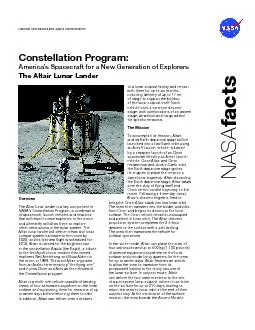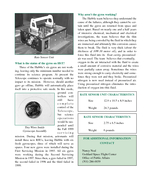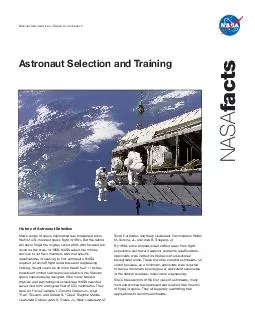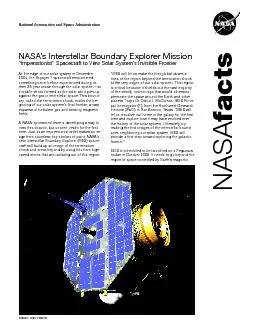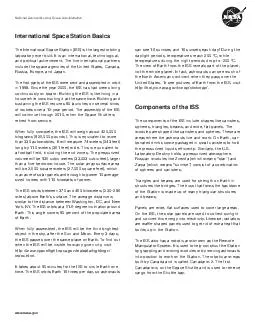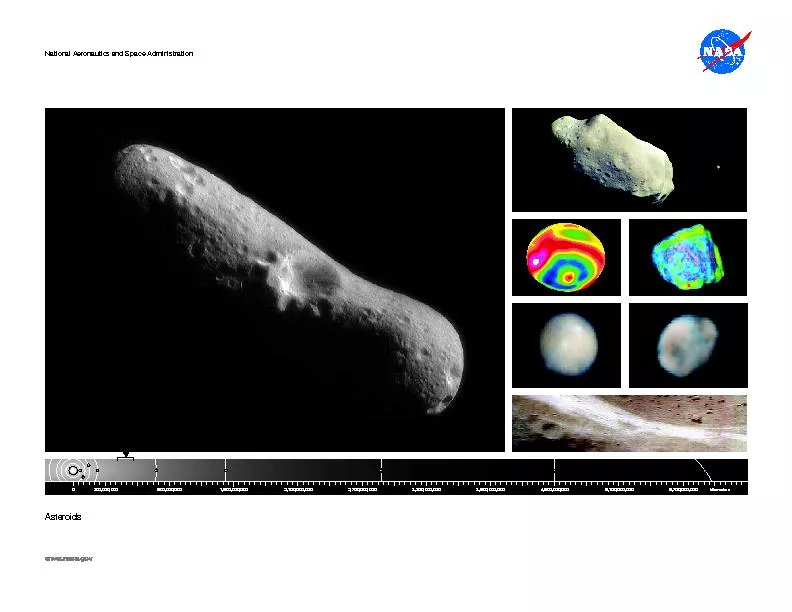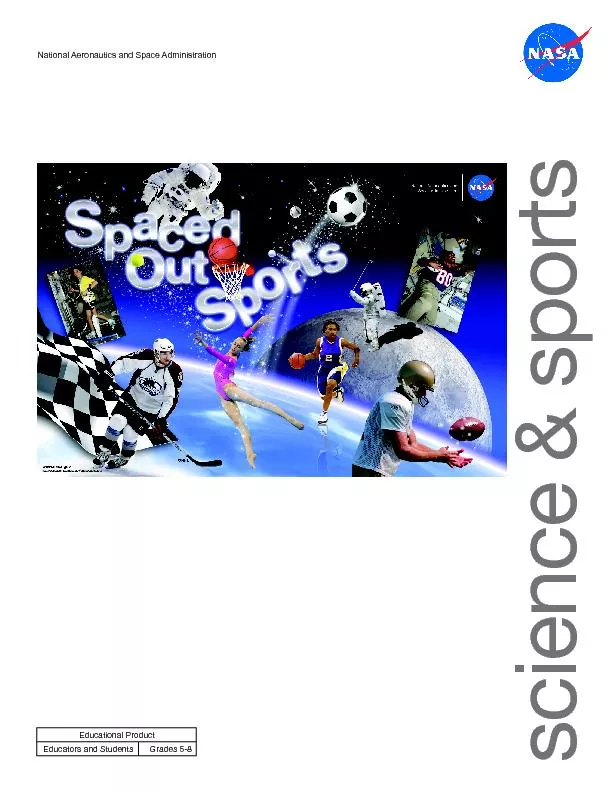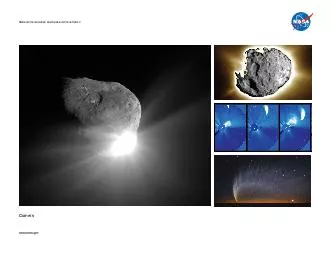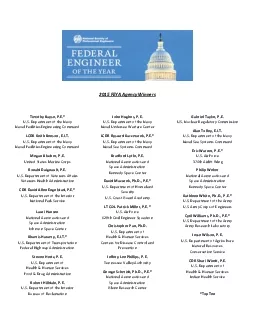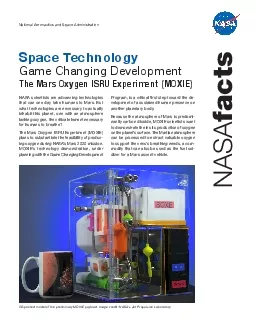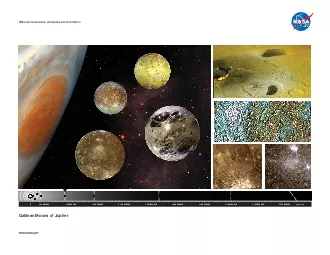PDF-National Aeronautics and Space Administration
Author : pamella-moone | Published Date : 2017-01-27
Constellation ProgramAmerica146s Spacecraft for a New Generation of ExplorersNASA146s Constellation Program a combination that will return human explorers to the
Presentation Embed Code
Download Presentation
Download Presentation The PPT/PDF document "National Aeronautics and Space Administr..." is the property of its rightful owner. Permission is granted to download and print the materials on this website for personal, non-commercial use only, and to display it on your personal computer provided you do not modify the materials and that you retain all copyright notices contained in the materials. By downloading content from our website, you accept the terms of this agreement.
National Aeronautics and Space Administration: Transcript
Download Rules Of Document
"National Aeronautics and Space Administration"The content belongs to its owner. You may download and print it for personal use, without modification, and keep all copyright notices. By downloading, you agree to these terms.
Related Documents

